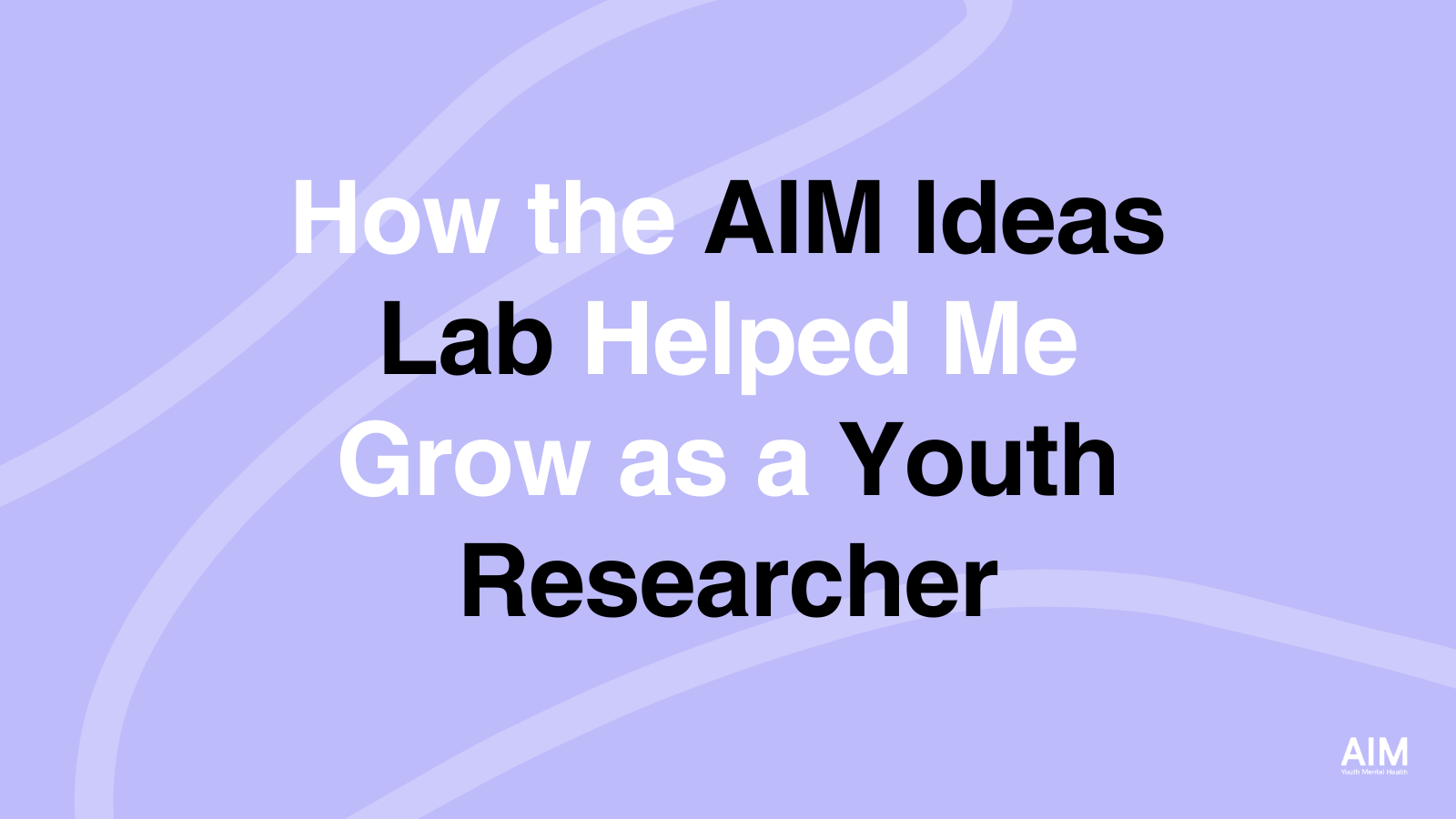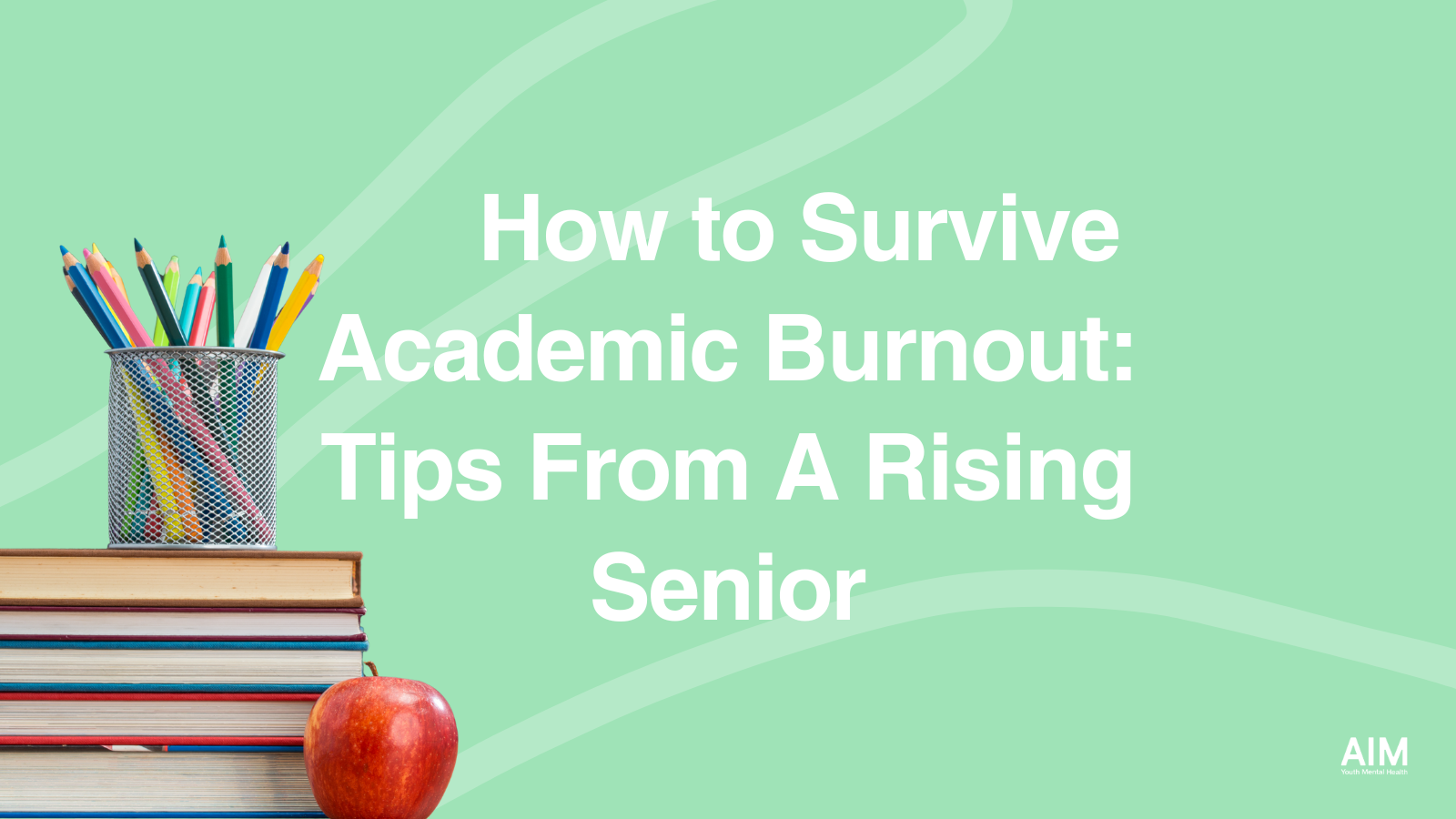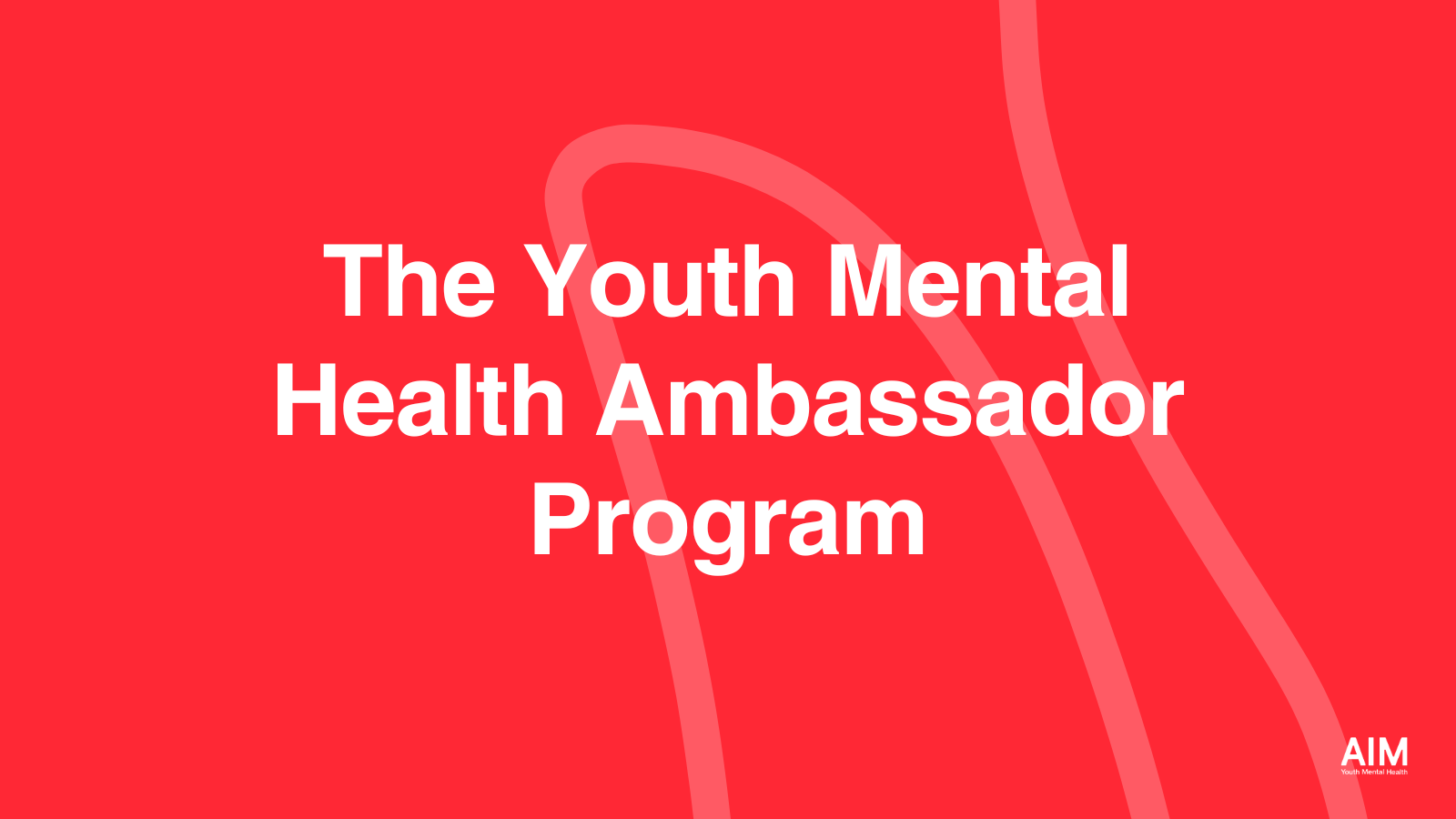Mind, Body, Soul is an LA-based event series aimed to blend scientific knowledge with real-life experiences to advance the mental health movement and drive meaningful change in the lives of youth. On May 19, AIM hosted the third event of the series with LA-born clothing brand, Aviator Nation. We gathered in Aviator Nation’s Dreamland space to host two panel conversations on Anxiety & Resiliency. Two UCLA youth mental health experts, Dr. John Piacentini and Dr. Galen McNeil, were joined by the founder of Aviator Nation, Paige Mycoskie, as well as meditation leader Jesse Israel, Internet activist Dom Roberts, celebrity aesthetician Sarah Ford, and musician Ayokay. We discussed the science of anxiety, positive emotions, and mental health resilience, before a live musical performance from Ayokay.
By Meadowlark Monaghan, AIM Youth Advisory Board Member
With another AIM Mind, Body, Soul event under our belts, the power of community has been made more prevalent than ever. One of our panelists, artist Ayokay, shared that, for him “happiness is only real when shared” and that message reverberated throughout each panel discussion (on resiliency and anxiety, respectively) within the intimate and groovy space of Aviator Nation’s Dreamland.
Every time AIM hosts one of these events, I’m reminded how powerful it is to create educational opportunities and chances for folks to tell their stories of mental health resilience in person. With so many events, meetings, and conversations taking place over screens, coming together in person was a rejuvenating reminder of the power of community. Which serendipitously, was a throughline to each conversation as community is a building block of mental health.
Jesse Israel, mass meditation teacher and certified expert (as a friend, I feel I have authority to say this) on community building, reminded us that we, as human beings, lived in a collectivist-style culture beginning over 130,000 years ago. Only until about 12,000 years ago, the emergence of agriculture began to separate us into a more nuclear, individualistic lifestyle. “Our time away from a tribe-like social structure is practically a blip in our evolution,” Jesse said, refreshing our memories. Considering our brains are still catching up to our new way of life, it makes sense why today, we are reaching epidemic levels of loneliness and isolation.
A 2020 Cigna report found that 50% of Baby Boomers, 71% of Millennials, and 79% of Gen Z respondents reported feeling lonely. The U.S. Surgeon General released an advisory just this year on the Healing Effects of Social Connection and Community, which outlined some of the ways loneliness can be detrimental to both individual and society health: “[Loneliness] is associated with a greater risk of cardiovascular disease, dementia, stroke, depression, anxiety, and premature death. The mortality impact of being socially disconnected is similar to that caused by smoking up to 15 cigarettes a day, and even greater than that associated with obesity and physical inactivity. And the harmful consequences of a society that lacks social connection can be felt in our schools, workplaces, and civic organizations, where performance, productivity, and engagement are diminished.”
On the flip side of this coin, social connection doesn’t just make our time here worth living, it also contributes to how long we live. One way in which the power of community has been seen throughout history is in the study of blue zones. Blue Zones are the world’s longest living cultures, with 20 years of original research behind them. Unsurprisingly, one of the main pillars of a blue zone includes social networks and community inclusion. While certain cities, seemingly like many blue zones, are set up for a “third place” (the place a person frequents that isn’t their home or their office) like plazas or a great library, many of us are now working and living in isolated apartments with Instagram subbing as our “third place”. While social media has supportive community building factors, it also is working from a business model whose algorithm aims to keep you glued to the screen.
In order to combat this, panelist and meditation leader, Jesse Israel, practices connection to himself and his surroundings via a weekly phone hiatus. Starting Friday at sundown, he turns his phone off and tucks it away, not to be turned back on until Saturday at sundown. His mom hates it, he admits, but the weekly connection to himself, his loved ones, and life is well worth any missed social post or text message.
This intentionality and space for mindfulness was reiterated as a powerful, research-backed technique for coping by both Dr. John Piacentini and Dr. Galen McNeil. It also can be made an even more successful tool for coping when practiced together. As Dr. Galen McNeil, a clinical psychologist at UCLA whose research bridges clinical science and positive emotions (gratitude, compassion, pride, and awe) function in families and therapy, suggests, “helping our families experience hard emotions… and then the skills to regulate them and cope in a healthy way” is exactly how we can lean on our communities for our mental health support.
In addition to emotion regulation, Dr. McNeil also cited communication skills and “being able to share your experience” as an equally supportive tool for healing, particularly for kids with a trusted caregiver. One such tool Dr. McNeil uses within her practice to achieve this is the Feelings Thermometer.
“The Feelings Thermometer is a Thermometer that is green at the bottom to indicate comfortable feelings (think: calmness, happiness, contentment), and notices the different levels of intensity of emotion from there. The yellow zone is next, that indicates a little bit of uncomfortability (confusion, nervousness). The orange zone is a little higher than that (feelings of irritation or annoyance). Red is the highest intensity, indicating feelings of rage or terror. We teach kids tools like this to be able to say to their parents, ‘I’m in yellow, I’m in orange.’ It allows them to communicate their feelings before they are ‘in red’.” When youth can communicate where they are within their experience, that identification allows them to use a coping tool that matches with the intensity of their present experience. Dr. McNeil will continue to conduct research and provide families with these tools as a recipient of AIM’s 2023 Implementation Science Grant.
Dr. Piacentini, a board-certified clinical child and adolescent psychologist and Professor in the UCLA Department of Psychiatry and Biobehavioral Sciences, specializing in the treatment of youth anxiety, OCD, tics, and body-focused repetitive behaviors, also uses the Feelings Thermometer. For him, emotion identification is the first step in the process of teaching youth tools to process their anxiety. From there, once they are able to identify their experience, they can begin to challenge themselves to move through it.
Anxiety has a root in fear; so “the problem with anxiety is that it makes us avoid things that make us nervous, anxious, or uncomfortable.” In fact, Dr. Piacentini’s mantra for anxiety is “challenge yourself everyday.” Dr. Piacentini teaches youth in his research similar skills that our panelists named as their own go-to coping strategies to combat their anxiety: how to identify anxious thoughts, breathwork, meditation, and particularly, exposure—facing the things you are afraid of and challenging yourself every day, that’s what we do in our clinic.”
When speaking to this exposure, Dr. Piacentini emphasized to “go low and go slow,” starting with things you can do easily and working your way up from there. Dom Roberts, fellow panelist and digital activist, shared an example of her own exposure therapy where she will ask a clerk at a shop for an item 20% off fully expecting a “no”, to begin to acquaint herself with the feelings of rejection. Dr. Piacentini reiterated how doing this is a great way to begin those challenges to your fear and slowly acquaint yourself with your anxiety.
As with every one of our panelists, in addition to some of these skills building coping strategies, sharing their feelings with a safe friend or family member came as an invaluable act in their mental health stories. Community is crucial to our survival, especially for folks experiencing mental health challenges. When it comes to our youth, a number of studies have found that trusted adult support reduced harmful outcomes for children and young people who had been subject to adversity. In fact, the number one protective factor in youth mental health is a trusted adult. You can be that trusted adult.
AIM has partnered with the National Council for Mental Wellbeing to provide “Youth Mental Health First Aid Certification” for caring adults to be trained with the skills and knowledge about what to do and what to say. There are upcoming summer training sessions July 12-13, August 19, and a Spanish speaking course July 17-18. Click here to learn more. You’ll not only become part of the solution, but you may meet some impactful community members in the process.
______________________
About the Author
Meadowlark Monaghan (she/hers) is a consultant using her knowledge gained as a mental health professional to act as a liaison between brands, creators, + online communities with the field of psychology and mental health. She also co-hosts the personal development podcast, Thoughts May Vary. Her work has been seen with Madhappy, Local Optimist, The Mayfair Group, Lonely Ghost, AIM Youth Mental Health, NAMI San Diego and more.[/vc_column_text][/vc_column][/vc_row]





